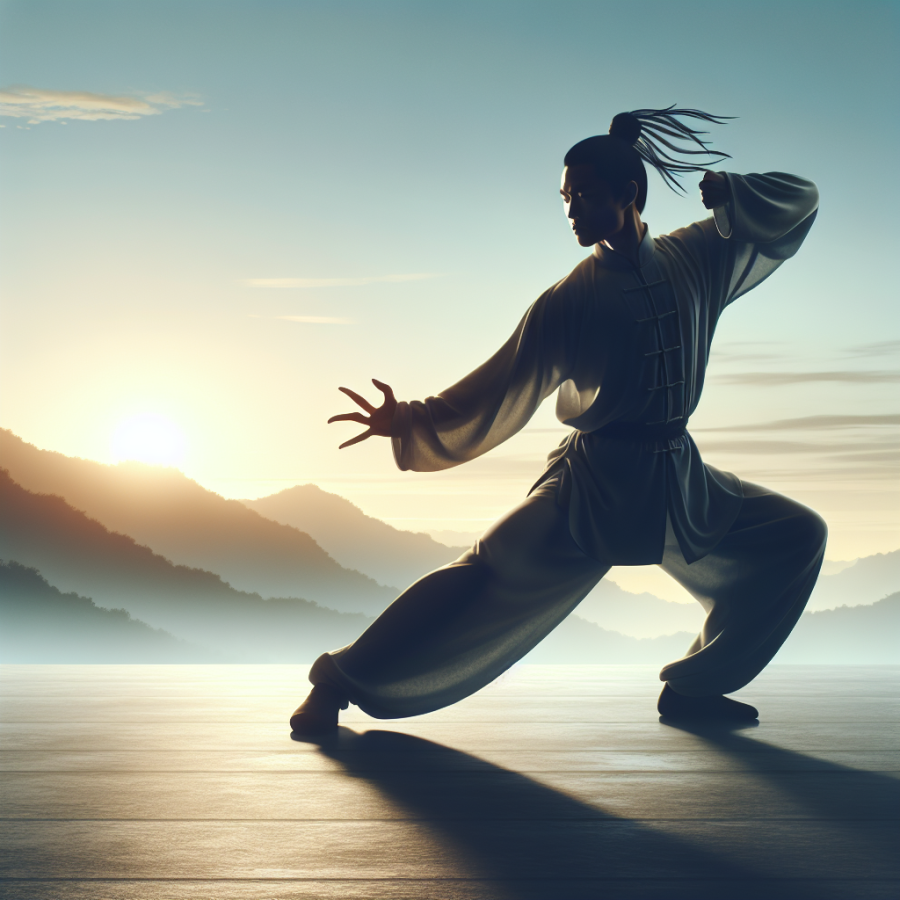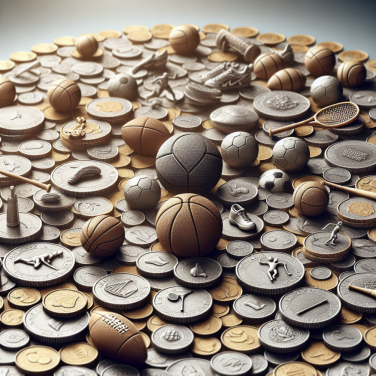Unveiling the Mysteries of Baguazhang: A Historical Perspective
Unveiling the Mysteries of Baguazhang: A Historical Perspective
Baguazhang, also known as "Eight Trigram Palm," is a captivating and complex form of Chinese martial arts characterized by its evasive footwork and circular movements. At its core, Baguazhang is both a health-keeping and defensive system, deeply rooted in the rich tapestry of Chinese cultural history and philosophical thought. This intricate art form is said to draw inspiration from the philosophy of the I Ching, or “Book of Changes,” an ancient Chinese text which delineates the patterns of the universe and the interplay of its fundamental elements through eight trigrams.
The origins of Baguazhang are the subject of considerable debate among martial arts historians. The consensus suggests that Dong Haichuan (董海川), who lived during the Qing Dynasty era of the 19th century, is credited with the creation or at least the formalization of Baguazhang. Accounts of his life indicate that he was a skilled martial artist with a proficiency in Taoist circle walking, which later became a fundamental element of Baguazhang practice. What makes Dong’s contribution unique is his synthesis of various martial techniques and Taoist philosophical principles into a coherent and effective martial art system.
Dong Haichuan initially practiced his art in secrecy, which only added to its mystique. Later in life, he began teaching Baguazhang in the imperial court and subsequently to a select group of dedicated disciples. Each of these disciples developed their own interpretation of the martial art, leading to the creation of different lineages or ‘branches’ of Baguazhang, each with its distinctive techniques and styles. This diversification paved the way for the rich variety of Baguazhang practices we see today, from the fluid and dynamic movements of the Jiang style to the more aggressive and combat-oriented Yin style.
Baguazhang’s historical development was also influenced by its ties to Chinese warfare and militia groups, who saw its strategic and unorthodox movements as an asset in irregular combat scenarios. Its martial application extended beyond personal combat to strategy and battlefield tactics, providing a more profound dimension to its practice and philosophy.
An exploration into the training methods of Baguazhang reveals a fascinating blend of physical conditioning and internal cultivation. Practitioners spend years mastering the art’s circular stepping patterns, which are believed to develop a strong foundation for generating power and maneuvering around an opponent.
Read also:
Exploring the Timeless Appeal of Hopscotch for All Ages
Mastering the Circle: Understanding Baguazhang Techniques and Philosophy
Baguazhang, translated as "Eight Trigram Palm," is a classical Chinese martial art known for its enigmatic movements and profound internal principles. It is both a healing art and a comprehensive combat system, melding philosophy, martial techniques, and health practices into a seamless whole. In delving deeper into Baguazhang, enthusiasts must master the circle walking practice, which is the cornerstone of this martial art, as well as understand the philosophical underpinnings that inform its practice.
At the core of Baguazhang lies the practice of circle walking. Practitioners move around the edge of an imaginary circle with measured steps, at varying speeds and with different postures. This helps develop agility, flexibility, and balance, forming a dynamic foundation for executing techniques. The circle walking technique is not merely a physical exercise; it is imbued with symbolism from the I Ching, or Book of Changes. Each of the eight directions around the circle corresponds to one of the eight trigrams, representing different natural phenomena and qualities.
Baguazhang techniques can be broadly categorized into striking, kicking, throwing, and joint-locking techniques. These are generally performed while moving along the circle, allowing practitioners to engage from various angles, making it challenging for opponents to predict and counter their moves. Strikes in Baguazhang are often delivered with the open hand, using the palm to generate whipping power. The martial art also employs a variety of weapons, each with its own unique circular movements and tactical applications.
Another layer of mastery is found in Baguazhang's connection with traditional Chinese medicine and Taoist philosophy. Practice often involves coordination with breathing and an emphasis on the flow of qi, or intrinsic energy, through the body’s meridians. The martial art’s smooth, continuous movements help to cultivate and circulate qi, promoting physical health and vitality.
Inherent in the martial art’s philosophy is the notion of change and adaptability, echoing the teachings of the I Ching. Practitioners are taught to be like water—yielding yet powerful, adapting fluidly to the environment and the opponent’s actions. The duality of yin and yang is also essential to Baguazhang, where the soft and yielding movements can suddenly transform into hard and powerful techniques.
The mental discipline of Baguazhang is as important as the physical techniques. Meditation and mindfulness form an integral part of training, helping to clear the mind, reduce stress, and improve focus.




